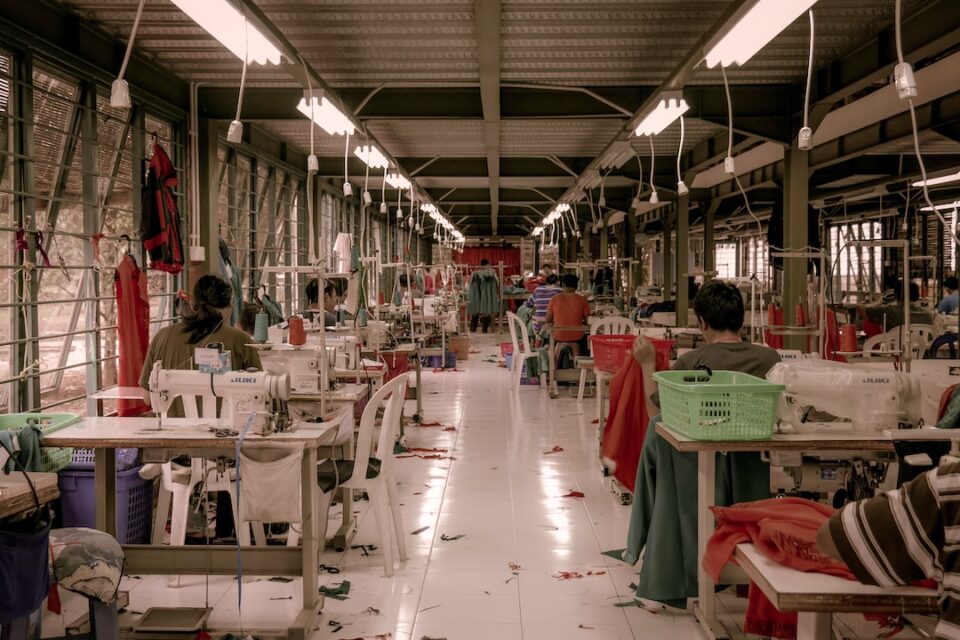Over the past few decades, the outsourcing of manufacturing jobs to countries with cheaper labor costs has become an increasingly common practice for many companies. This trend, known as offshoring, has had several benefits, including cost savings for businesses and increased access to global markets. However, in recent years, there has been a growing movement towards reshoring – bringing production back home. In this blog post, we will explore the reasons behind this shift and the potential benefits of reshoring manufacturing.
One of the main reasons why companies are considering reshoring their manufacturing operations is the rising labor costs in traditional offshoring destinations like China. As the economies of these countries have developed, wages have increased, eroding the cost advantage that made offshoring attractive in the first place. This has led many companies to reevaluate the financial viability of offshoring and explore alternative options.
Another factor driving the reshoring trend is the desire to reduce supply chain risks. When a company outsources its manufacturing to another country, it becomes vulnerable to disruptions in transportation, political unrest, and natural disasters that can impact the production process. By bringing production back home, companies can regain control over their supply chain and have better visibility and responsiveness to potential disruptions.
Quality control is another critical consideration for companies contemplating reshoring manufacturing. In some cases, the quality of products produced in offshoring destinations may not meet the same standards expected by customers. This can result in significant costs in terms of returns, customer dissatisfaction, and damage to brand reputation. By shifting operations back home, companies can have more direct oversight and ensure that quality control standards are met.
Reshoring also offers advantages in terms of intellectual property protection. In countries where intellectual property rights may not be as rigorously enforced, concerns regarding the theft of trade secrets and product designs may arise. By keeping production at home, companies can have greater confidence that their intellectual property is adequately protected.
In addition to these reasons, reshoring manufacturing also has broader positive impacts on the domestic economy. Bringing production back home not only creates jobs but also contributes to the development of a skilled workforce. It stimulates economic growth in the local community and supports other industries down the supply chain. Reshoring can also have environmental benefits, as production closer to the market reduces emissions associated with transportation and allows for better monitoring of sustainable practices.
Despite the numerous advantages of reshoring manufacturing, there are also challenges that companies must navigate. One of the most significant hurdles is the initial investment required in facilities, equipment, and training when bringing production back home. Additionally, companies may need to reassess their supply chain strategies and carefully manage relationships with suppliers and partners.
In conclusion, reshoring manufacturing is a growing trend that can offer several benefits to companies and the domestic economy. The rising labor costs in offshoring destinations, supply chain risks, quality control concerns, and intellectual property protection are driving factors behind this shift. While there are challenges involved, the potential advantages, such as job creation, quality control, and economic growth, make reshoring a viable option for many companies. As businesses continue to evaluate their manufacturing strategies, the reshoring movement is likely to gain momentum in the coming years.

